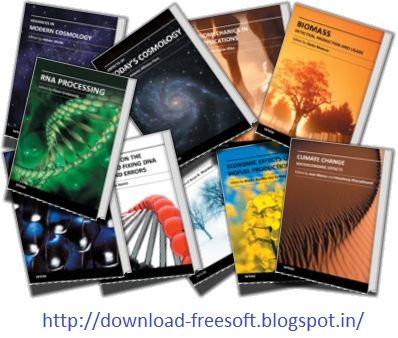Cover image courtesy of Ravisha Weerasinghe.
Fluorescence images of plant epidermal and root hair cells expressing Green Fluorescent Protein (GFP)
fused with microtubule associated protein, MAP4 (left-hand panel) and actin binding protein, Talin
(right-hand panel). These constructs provide an excellent system to monitor cytoskeletal dynamics in
living cells. New evidence confirms that root knot nematodes and rhizobia produce an essentially identical
response in cytoskeletal dynamics. See article by Weerasinghe, Bird, and Allen. PNAS, Feb. 22, 2005.
Elsevier Academic Press
30 Corporate Drive, Suite 400, Burlington, MA 01803, USA
525 B Street, Suite 1900, San Diego, California 92101-4495, USA
84 Theobald’s Road, London WCIX 8RR, UK
This book is printed on acid-free paper.
Copyright © 2006, Elsevier Inc. All rights reserved.
No part of this publication may be reproduced or transmitted in any form or by any means, electronic or
mechanical, including photocopy, recording, or any information storage and retrieval system, without
permission in writing from the publisher.
Permissions may be sought directly from Elsevier’s Science & Technology Rights Department in
Oxford, UK: phone: (+44) 1865 843830, fax: (+44) 1865 853333, E-mail: permissions@elsevier.com.
You may also complete your request on-line via the Elsevier homepage (http://elsevier.com), by selecting
“Support & Contact” then “Copyright and Permissions” and then “Obtaining Permissions.”
Library of Congress Cataloging-in-Publication Data
Application submitted.
British Library Cataloguing in Publication Data
A catalogue record for this book is available from the British Library
ISBN 13: 978-0-12-088418-6
ISBN 10: 0-12-088418-6



























